Crash Analysis
The Strong Denver crash analysis initiative examines motor vehicle crashes across the Denver Metropolitan area.
Well-designed streets:
- Are destinations that generate higher revenue for businesses, and create spaces for people to congregate and socialize
- Reduce noise pollution
- Decrease traffic violence
- Are cash flow positive for cities
Our Completed Crash Analyses
- https://actionlab.strongtowns.org/hc/en-us/articles/19743430452372-Findings-and-Recommendations
- More coming soon!
*produced in collaboration with Strong Towns
While police reports and news reports tend to focus on human error and attribute blame to individuals and individual behavior in response to crashes, Strong Denver focuses on the engineering characteristics of streets and roads. We believe that the engineering design of streets and roads directly influence driver behavior, often emboldening motorists to drive at excessive speeds to the detriment of local residents and human scale mobility.
Strong Denver seeks to empower engineers and planners to prioritize humans in the design process for city streets and roads, whether those humans are walking, rolling, or riding transit.
Most municipalities use the AASHTO Green Book and the MUTCD to guide their roadway design process. While these manuals are useful in highway design, Strong Denver recommends that municipalities adopt the NACTO Urban Design Guide (and other NACTO guidance) for designing their city streets. These NACTO design principles not only increase traffic safety, but also allow people walking, rolling, parking, shopping, bicycling, working, and driving to cross paths safely.
Streets are public spaces that play a much larger role in the public life of cities and communities than simply operating as thoroughfares for traffic. Additionally, great streets are great for business.
Poorly designed streets do none of the above, while functioning as financial liabilities on a city’s balance sheet.
Many city streets in the Denver Metropolitan area were created in a different era and need to be reconfigured to meet new needs. We strive for cities to make “small bets.” implementing projects quickly using temporary materials to help guide public decision-making before investing in more permanent infrastructure.
Recent Updates
-
What Makes a Corridor Thrive – Guest Commentary
Small, steady care that neighbors can feel. Corridors thrive when they feel loved. Not in grand gestures, but in everyday…
-
Ballot Issue 2E: Housing and Sheltering
NO. If you believe, as we do, that Denver is in dire need of new housing to address the urgency…
-
Ballot Issue 2D: City Facilities
ABSTAIN, with comment. Like 2C, most of this ballot issue falls outside of our core focus areas. Because we believe…
Get in Contact
Initiative Lead: Ed Callahan
